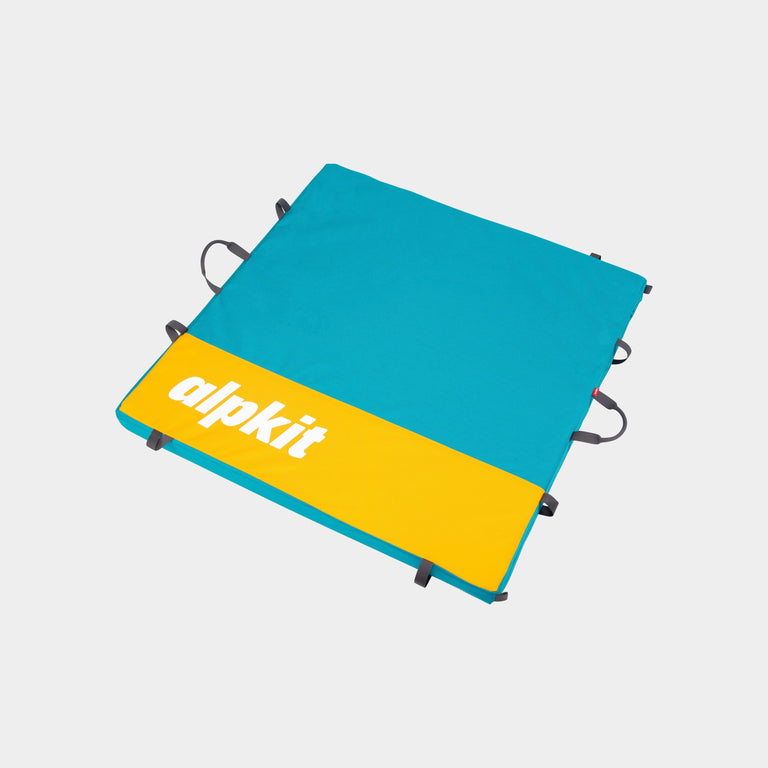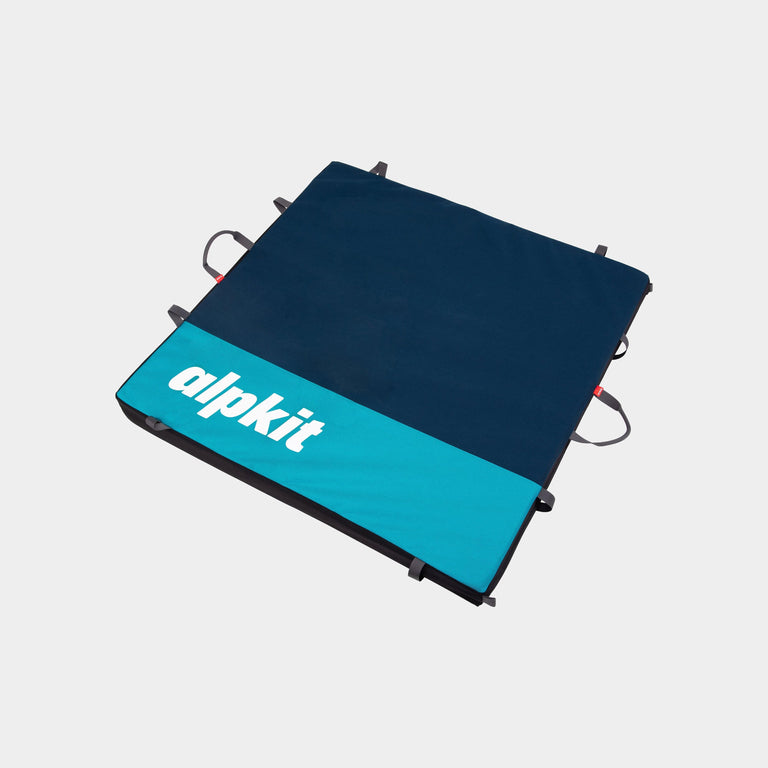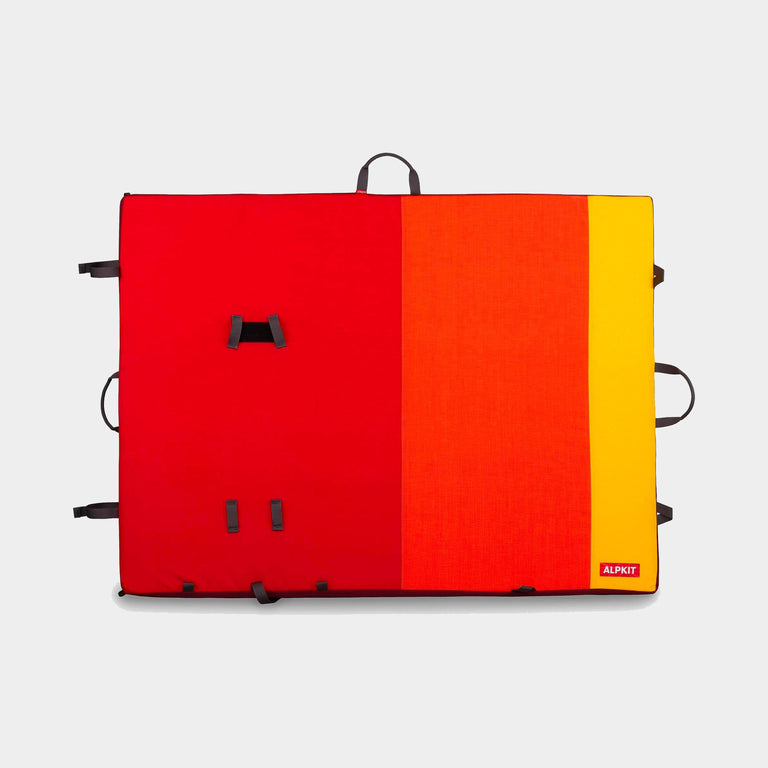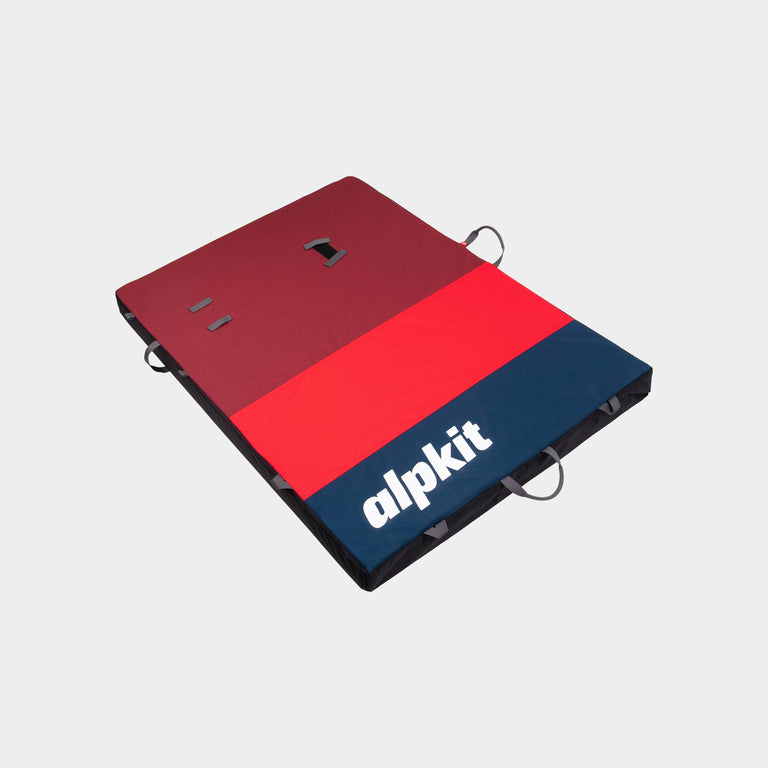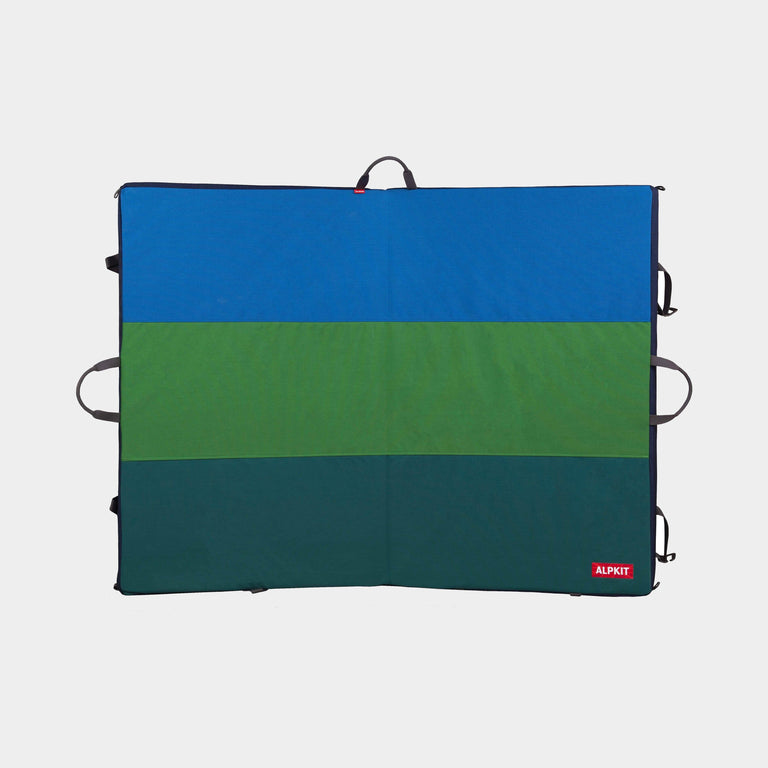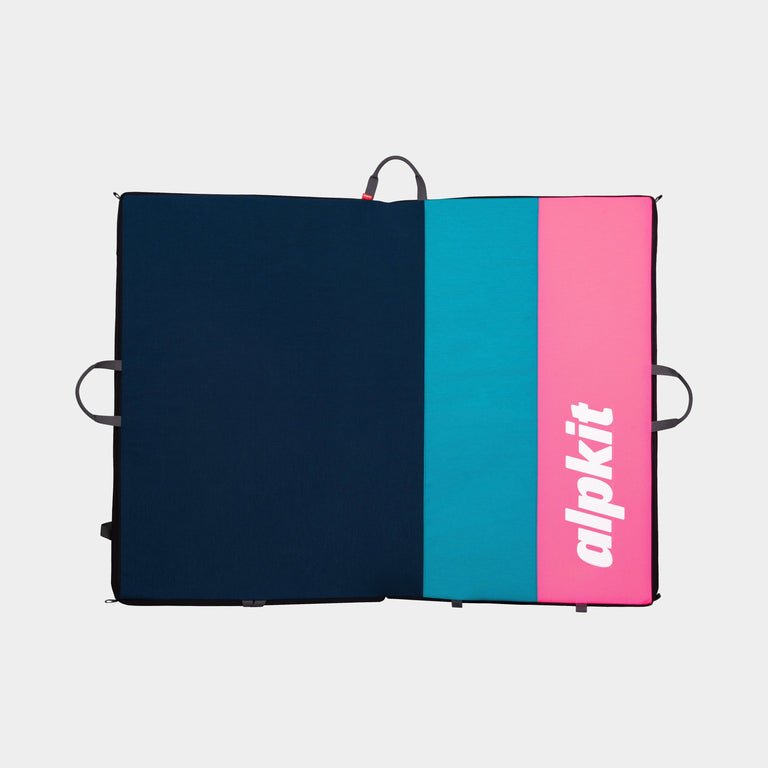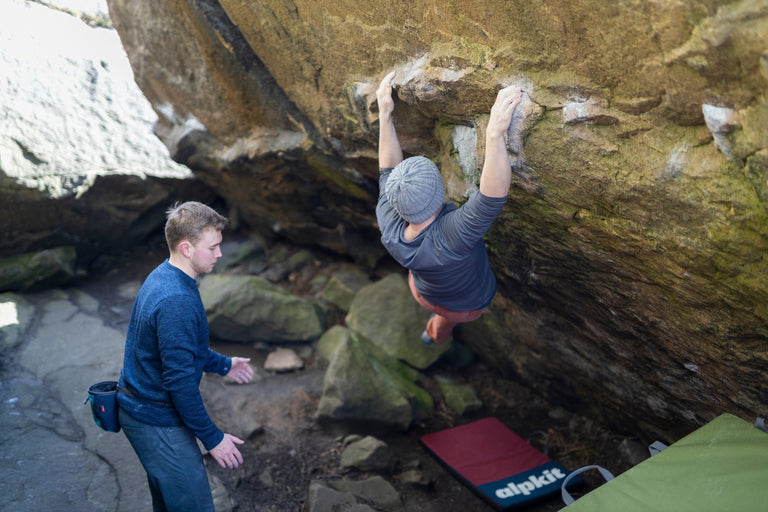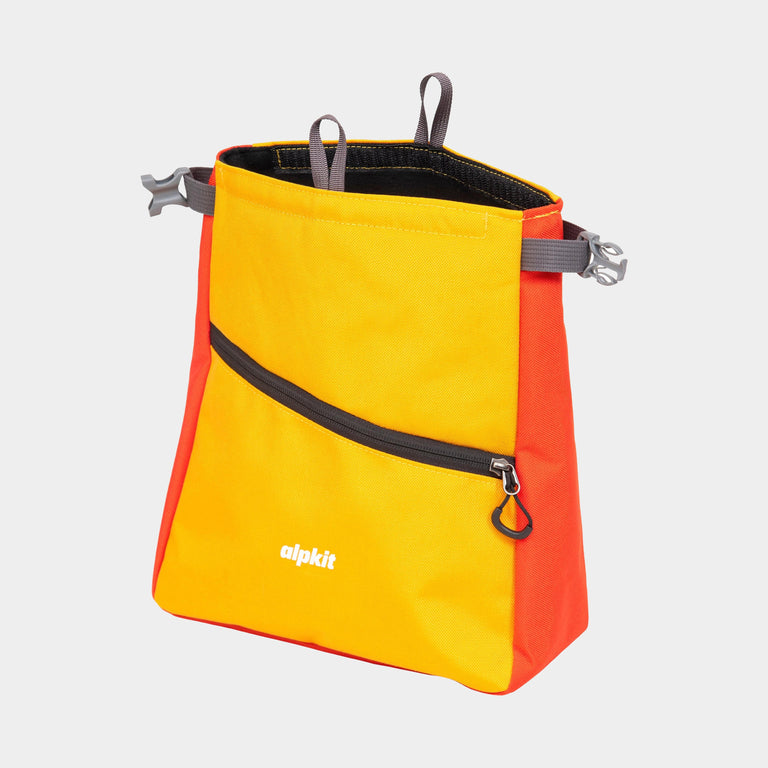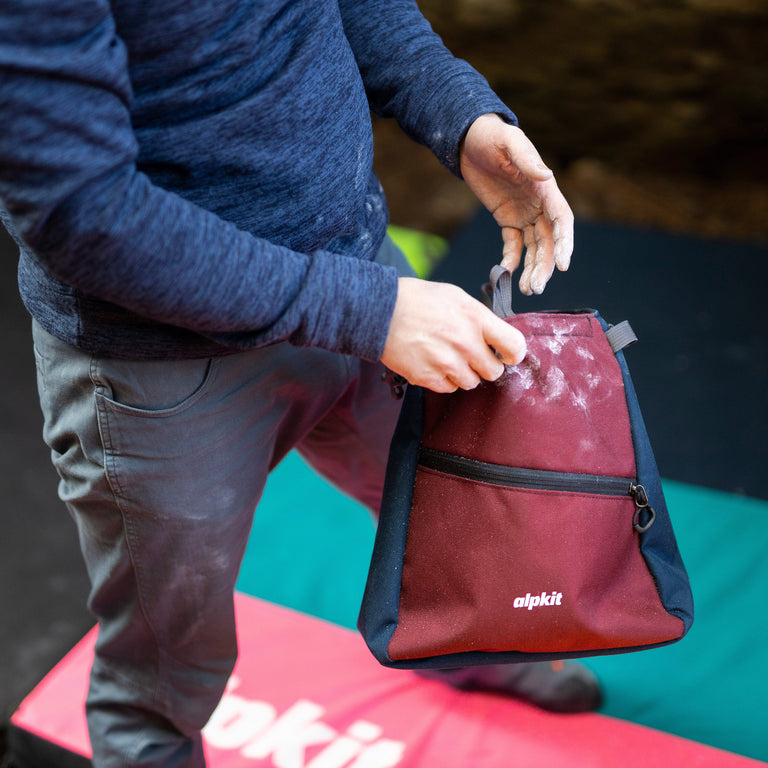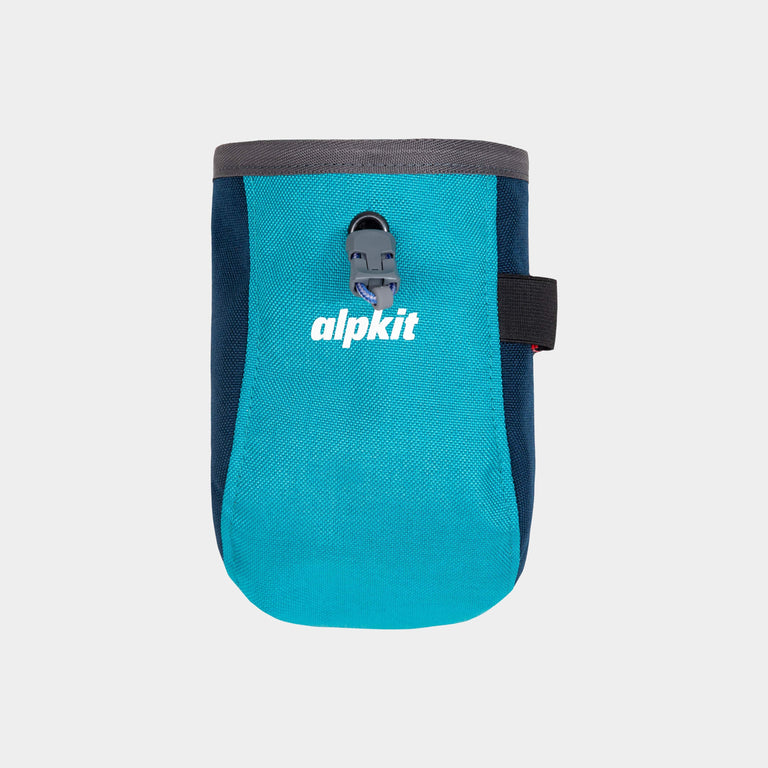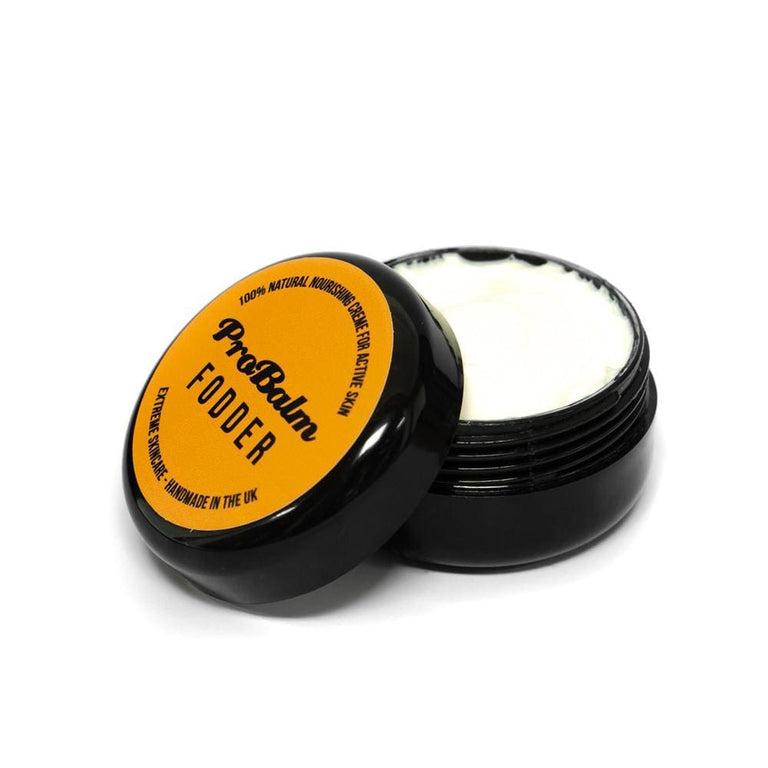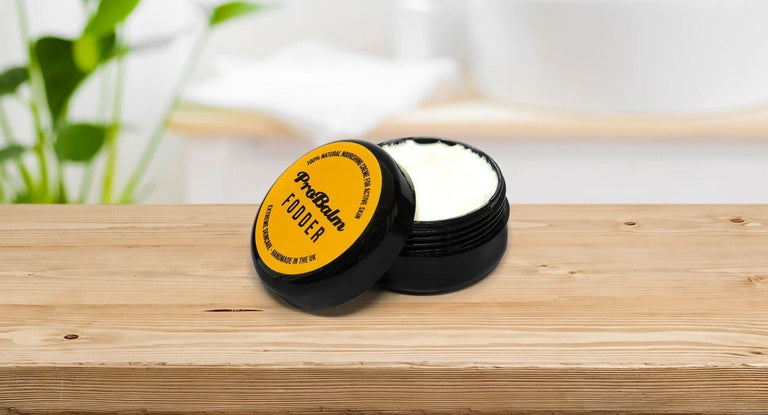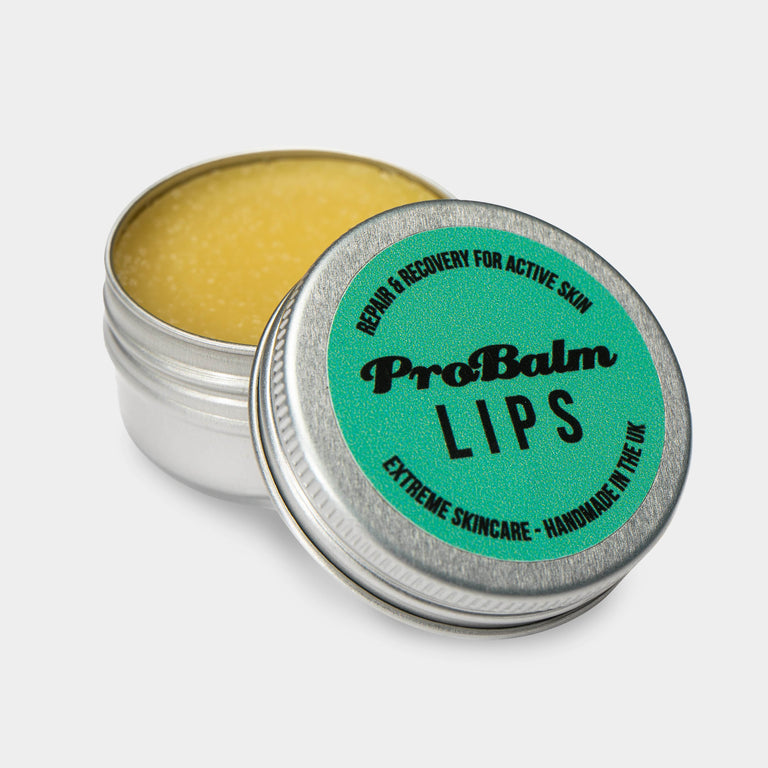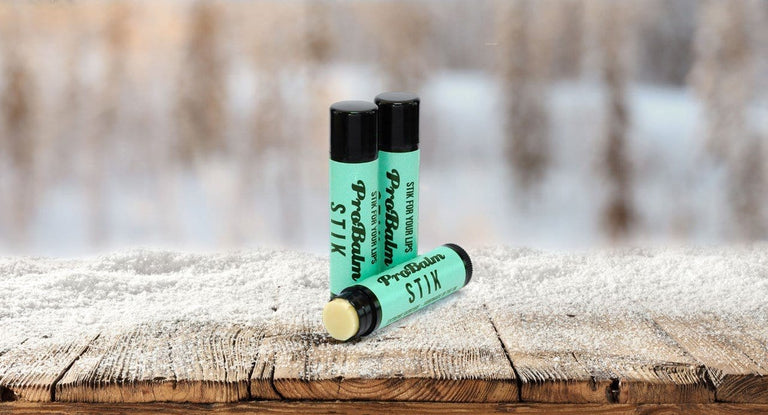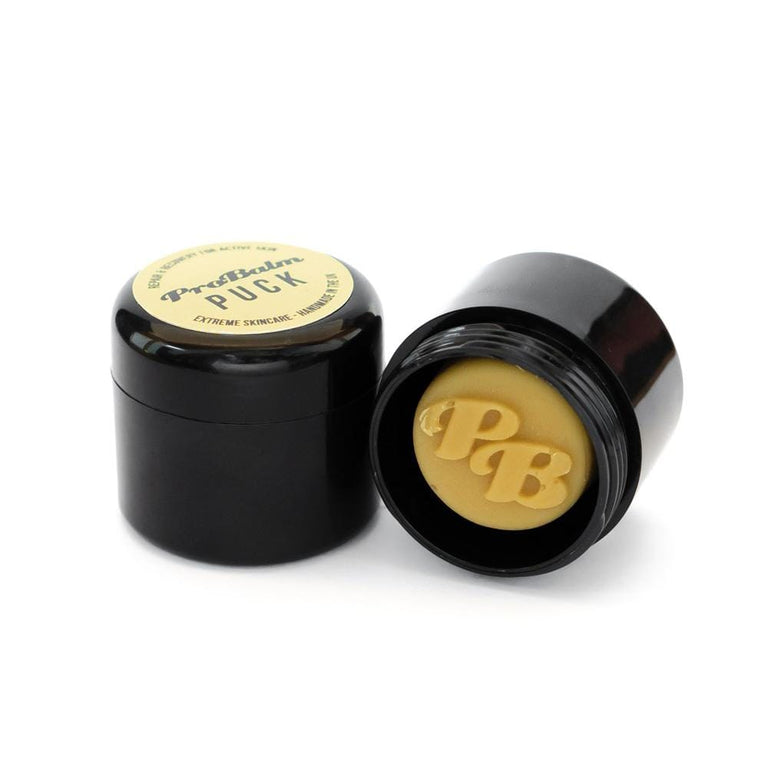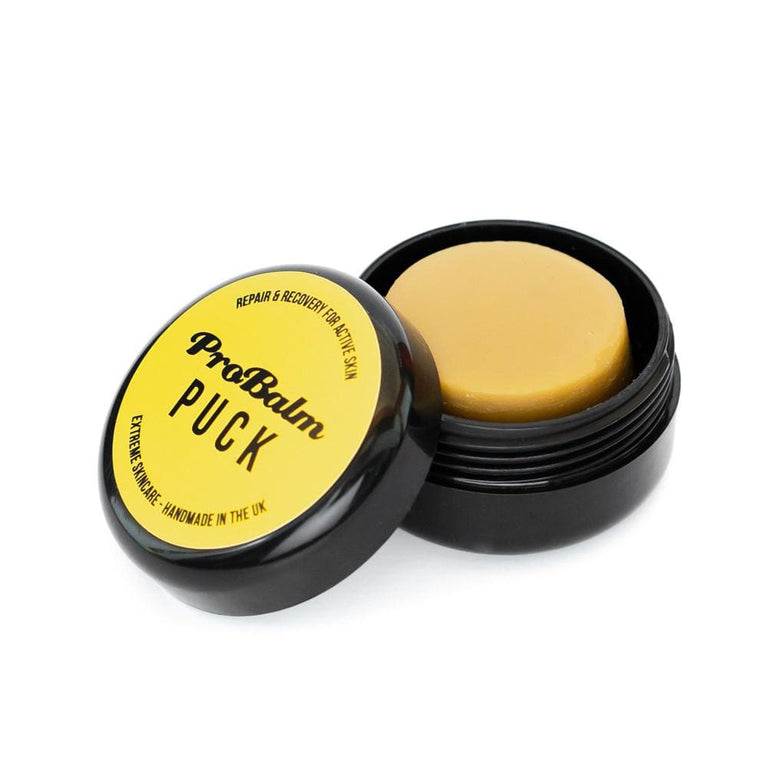
Deep water soloing is all about freedom and thrill. Equip yourself with the right gear to climb high, dive deep, and leave nothing but ripples in your wake.
With the UK’s long-awaited first official Deep Water Soloing competition taking place in Exeter on the 30th and 31st August 2014 DWS is firmly back in the headlines. I have been deep water soloing on and off for the past 12 years, visting venues such as Spain, Vietnam and Thailand. It is a great way to travel the world with the minimum of equipment and experience climbing in one of its purest forms. Despite the minimal equipment needed it is still a niche branch of climbing, especially in the UK where it is colder and the seas are darker!
The sea terrifies a lot of people, and rightly so, minor accidents can quickly escalate out of hand. Having someone with local knowledge of an area can be a big advantage no matter how many hours you have poured over the guidebook. I am asked quite a lot at the Climbing Unit or by clients coming to me for instruction via UptoSummit what equipment they should take with them on their summer trip. Kit for deep water soloing tends to be a lot less than for other types of climbing for obvious reasons. It changes on venue and if I know I may be out climbing at my limit on a particular route then I may take more kit, the following list is for DWS abroad in a warm country as you can get your kit dried pretty fast and reuse chalkbag & boots etc. In my kit is included;
Chalk- I take chalk in abundance, think every time you fall off your bag will need refilling. I tend to take at least 2 large bags of chalk, this is also directly related to talent levels; the higher your level of talent, the less you get wet!
Boots- How many pairs do you have? I usually take 3 pairs, you can go over the top but I find 3 works well. It is actually pretty easy to climb in wet boots and doesn’t effect your overall performance. If I’m close to my project I may want dry boots for each attempt.
Chalkbags- Again I take 3, depending on country by the time I’ve managed to fall off three times my first chalkbag is dry. If I am in the UK then I’ll probably take 5. Alpkit make a dedicated DWS chalk bag without fleece drying so it dries quicker. As of writing this is sadly out of stock so badger them for another production run!
Towel- No matter how warm it is take a towel to dry yourself off, especially in the UK. I may also have a down jacket and umbrella!
Drybag- At the end of the day when you are walking out it’s a good idea to keep everything that is wet away from everything else. The Alpkit Airlok XTras also come with a handy detachable shoulder strap which you can use as a lanyard when swimming.
Gourdon waterproof rucksack- A waterproof rucksack, this is not foolproof but I tend to use it on all the climbs that are not easily accessible. Climbs or venues that may involve a swim or a climb to the start. I can take my towel, spare chalk, boots and chalkbags to a ledge at the foot of the route. Fall off and then change/dry and have another go.
Board shorts- I’ve never tried climbing in speedos.
Guide book - If you are new to an area a decent guidebook can get you started quicker. Rockfax Deep Watercovers some of the most popular areas and is a great starting point for further exploration. Mallorca is deserving of its own DWS dedicated guide and has an update from 2013 in this miniguide.
Balls- Make sure it’s a big pair. The hardest thing is getting your head around the thought of falling off, often it is best to take a couple of falls to get your head into a slightly better place.
Check out the little video below to see how it’s not done. One of the true reasons you go deep water soloing is purely to see your friends take good falls, however it was my turn on this day.

